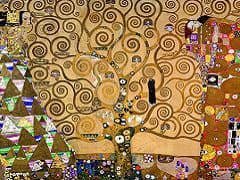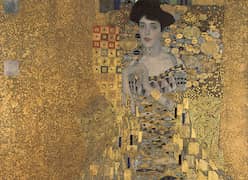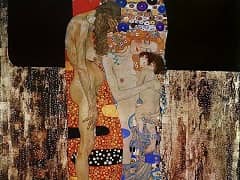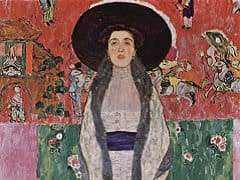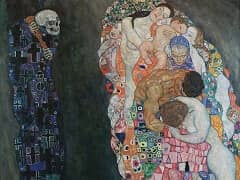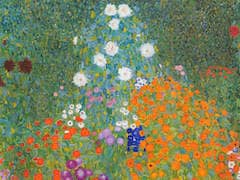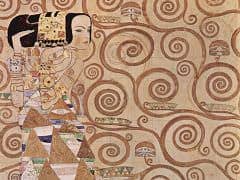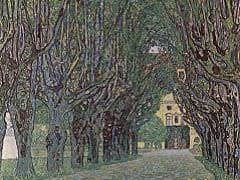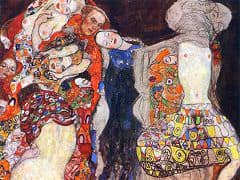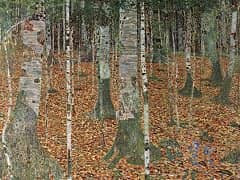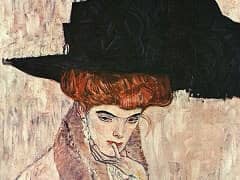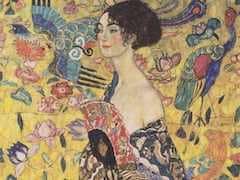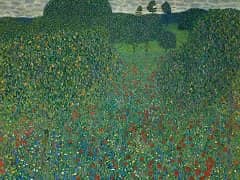Upper Austrian Farmhouse, 1911 by Gustav Klimt
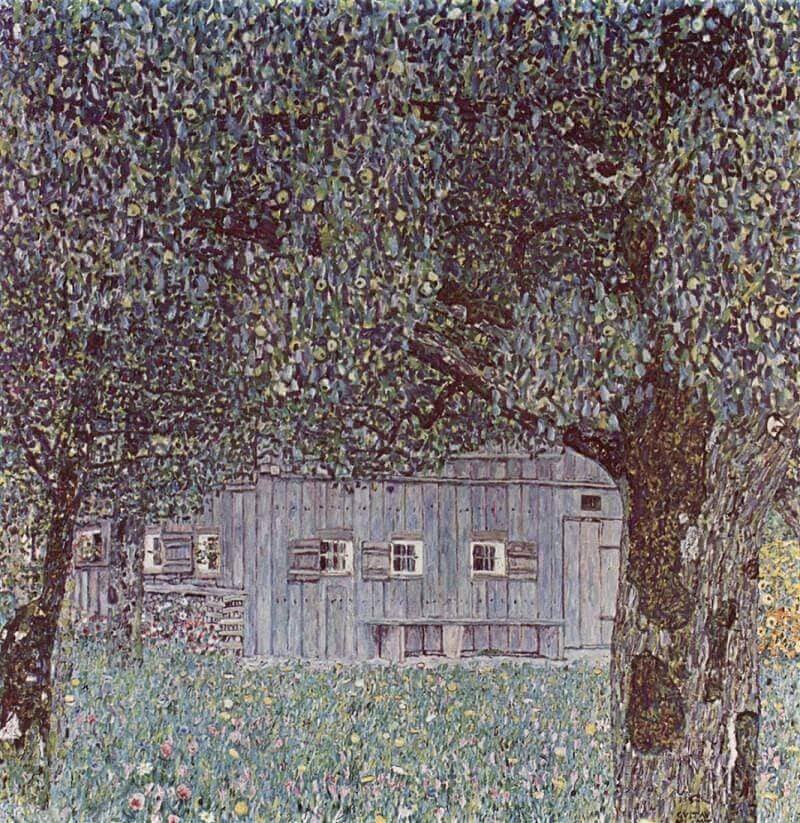
Once again, the viewer is thrown into the middle of a picture as the perspective zooms in, drawing the viewer inside a forest, looking through to a farmhouse in a clearing. Unlike other buildings
in Klimt's intense landscape work, the proximity of this farmhouse enables us to assimilate its detail, especially as the work's careful lighting brings it sharply into focus through the use of
gray. The heavy blue-green bowers and thickly flowered meadow floor, however, relay the impression that this construction is going to be absorbed into the scenery, becoming another solitary
Klimt world, devoid of mankind.
The work echoes certain aspects of Vincent van Gogh and Cezanne. For instance, the brushwork on the overhead
canopy of foliage imparts a looser sensation of coiling life and a feeling of deeper reality, associated in particular with Cezanne. Despite this more accomplished vibrancy, aspects of
lighting on the two tree trunks, pillared either side of the composition, make them lifeless and clumsy, unlike the ethereal trunks in earlier pictures such as Pine Forest
1902. It seems that, in a bid to capture sunlight on the farmhouse, he underplays the importance of the foreground.


